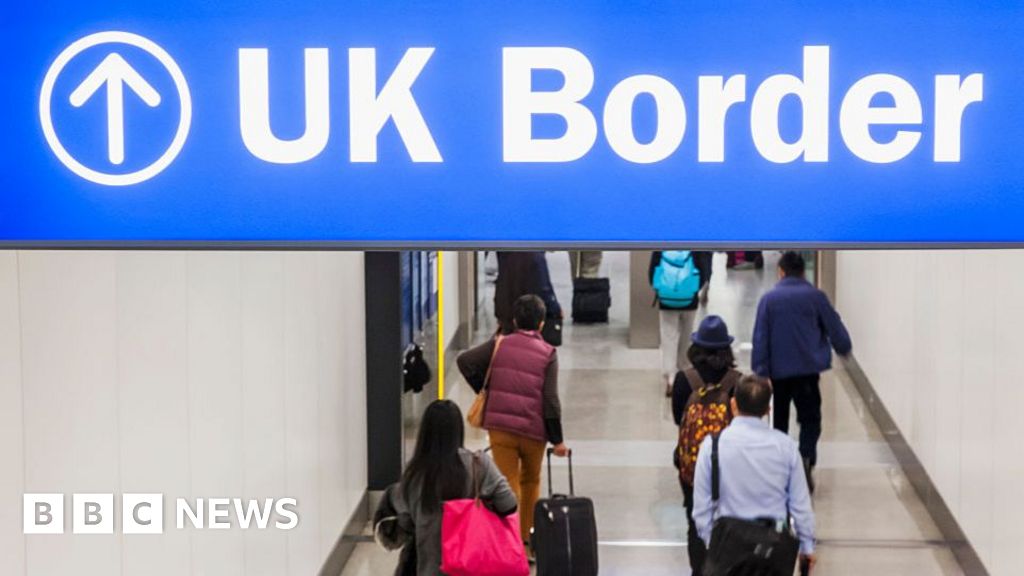Microsoft put a lot of focus on Windows 11's design when it released the operating system in 2021, making a clean break with the design language of Windows 10 (which had, itself, simply tweaked and adapted Windows 8's design language from 2012). Since then, Microsoft has continued to modify the software's design in bits and pieces, both for individual apps and for foundational UI elements like the Taskbar, system tray, and Windows Explorer.
Microsoft is currently testing a redesigned version of the Windows 11 Start menu, one that reuses most of the familiar elements from the current design but reorganizes them and gives users a few additional customization options. On its Microsoft Design blog today, the company walked through the new design and showed some of the ideas that were tried and discarded in the process.
This discarded Start menu design toyed with an almost Windows XP-ish left-hand sidebar, among other elements. Microsoft
Microsoft says it tested its menu designs with "over 300 Windows 11 fans" in unmoderated studies, "and dozens more" in "live co-creation calls." These testers' behavior and reactions informed what Microsoft kept and what it discarded.
Many of the discarded menu ideas include larger previews for recently opened files, more space given to calendar reminders, and recommended "For You" content areas; one has a "create" button that would presumably activate some generative AI feature. Looking at the discarded designs, it's easier to appreciate that Microsoft went with a somewhat more restrained redesign of the Start menu that remixes existing elements rather than dramatically reimagining it.
Microsoft has also tweaked the side menu that's available when you have a phone paired to your PC, making it toggleable via a button in the upper-right corner. That area is used to display recent texts and calls and other phone notifications, recent contacts, and battery information, among a couple other things.
Microsoft's team wanted to make sure the new menu "felt like it belonged on both a [10.5-inch] Surface Go and a 49-inch ultrawide," a nod to the variety of hardware Microsoft needs to consider when making any design changes to Windows. The menu the team landed on is essentially what's been visible in Windows Insider Preview builds for a month or so now: two rows of pinned icons, a "Recommended" section with recently installed apps, recently opened files, a (sigh) Windows Store apps that Microsoft thinks you should try, and a few different ways to access all the apps on your PC. By default, these will be arranged by category, though you can also view a hierarchical alphabetized list like you can in the current Start menu; the big difference is that this view is at the top level of the Start menu in the new version, rather than being tucked away behind a button.
For more on the history of the Start menu from its inception in the early 90s through the release of Windows 10, we've collected tons of screenshots and other reminiscences here.
Andrew is a Senior Technology Reporter at Ars Technica, with a focus on consumer tech including computer hardware and in-depth reviews of operating systems like Windows and macOS. Andrew lives in Philadelphia and co-hosts a weekly book podcast called Overdue.










 English (US) ·
English (US) ·